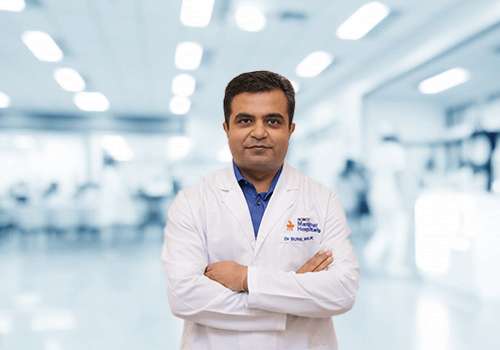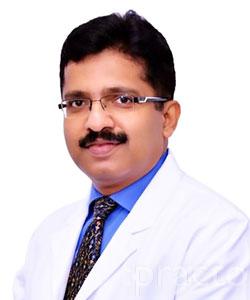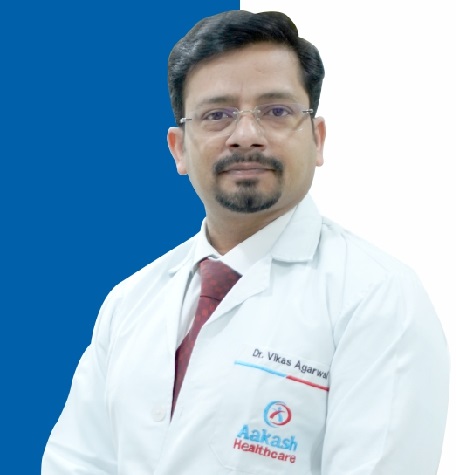- Though testicular tumour is highly treatable, it can still spread to other parts of your body.
- If the treatment is delayed, the doctor may have to remove one or both of your testicles.
- If only one testicle is removed, there may be no change in fertility or sexual energy.
- However, there might still be a risk of low testosterone levels and infertility in men who have been diagnosed with testicular tumours.
Stages of Testicular Tumours
There are four stages of testicular tumours that have been identified:
Stage 0: In this stage, the abnormal cells have developed, but they are only present inside the testicles, where the sperm cells also develop. This stage is also known as germ cell neoplasia in situ or GCNIS.
Stage I: Cancer develops but remains in the testicles, including the nearby blood vessels and lymph nodes. Tumour markers (substances produced by cancer cells in the blood, urine, or body tissue) may or may not be elevated.
Stage II: In this stage, the tumour cells tend to develop in the lymph nodes in the back of your abdomen, also called the retroperitoneum. However, they do not spread anywhere else. Tumour markers may become mildly elevated in the lymph nodes.
Stage III: This is the last stage of testicular tumours. In this stage, cancer or the tumour has spread to the lymph nodes beyond the abdomen or another organ. Tumour marker levels are moderate or high.



























